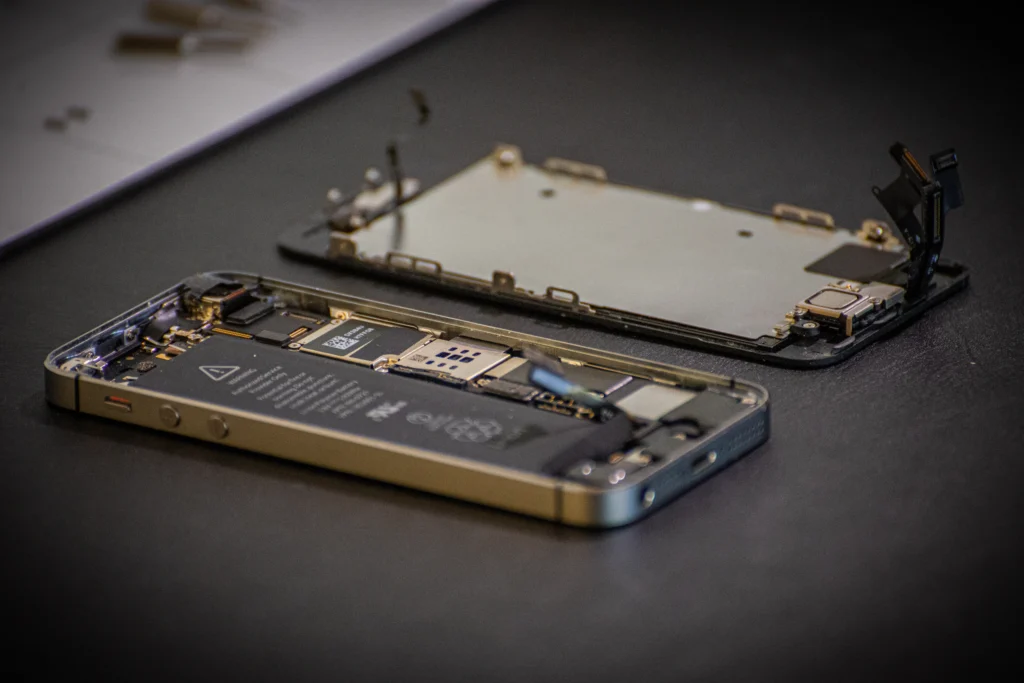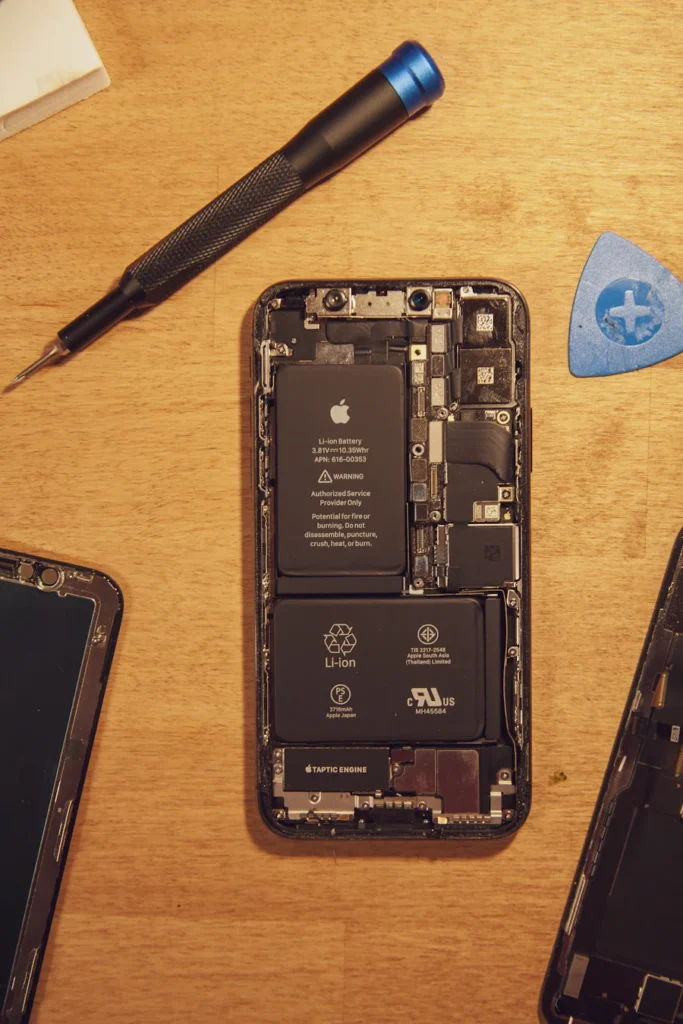European citizens: The European Parliament approved the directive on the right to repair, which will be a first step for the EU to extend the life of products, reduce waste and promote a sustainable and circular economy. On a practical level, the passage to the European Council is missing to conclude the legislative process. However, this was a formality after the Parliament’s vote, which supported the regulation with 584 out of 601 votes. Extending the life cycle of an electronic product means making it easier for consumers, who, by opting for repair rather than buying a device, will be able to spend less. The direct consequence is the production of less e-waste, which will relieve landfills and the disposal process, which is becoming increasingly burdensome for the environment and damaged by practices that are not always respectful of the rules.
One can understand, therefore, how the new European law sees consumers as beneficiaries, as it directly affects manufacturers, who will have to “provide timely and cost-effective repair services and inform consumers about their rights to repair”. To get an idea of the potential impact of the regulation, one has to consider what types of products are involved and described as consumer goods. Specifically, it speaks of ‘any tangible movable good that incorporates or is interconnected with digital content or a digital service’. A definition that is perhaps too general includes household appliances and all the electronic devices we use daily: TV, smartphone, washing machine, hoover, refrigerator.
Many benefits and a few limitations
The advantage ensured by the law is that instead of changing the product at the first defect after the end of the warranty period, it will be up to manufacturers to remedy the fault, where possible, indicating which parts need replacing and how many. In this context, the EU has provided for the creation of a European form, which is not compulsory to use, but is useful to find out which repair is the most cost-effective among the various estimates requested. It will also be up to the manufacturers to ensure a ‘reasonable cost that does not discourage repair’.
This is as decisive a point as discussed in the standard, although the consumer stands to gain with the availability of spare parts at increasing service centres. Apart from the extra year of warranty for those who choose to repair the product instead of replacing it, the Right to Repair coalition (uniting more than 140 organisations from 24 European countries) points out that the law does not clarify what is meant by a ‘reasonable cost’ for spare parts. The lack of guidelines in this respect opens up differences in the orientation of manufacturers and the various bodies that regulate the market and defend consumers in different countries.


Among the positive aspects is the prohibition of manufacturers from hindering repair. This means that they will not be able to hide behind contractual clauses or hardware and software ploys, to avoid or postpone the repair of products, which can also be done with refurbished and 3D-printed parts from independent companies. To inform consumers, there will also be a European platform where they can find the nearest shops, refurbished goods dealers or community initiatives such as repair cafés. To support the cause, each country will have to create targeted measures to promote repair: these range from information campaigns to repair courses and even a reduction of VAT on repaired products.
European citizens
The most unhappy with what was decided in Brussels are obviously the manufacturers, whose obligations towards consumers include returning the repaired product within 30 days and providing a replacement device during the repair period. Earlier, I referred to refurbished parts because, unlike in the past, manufacturers will no longer be able to prohibit non-original parts. This means that when faced with a product repaired with third-party parts, the manufacturer can no longer refuse to repair it just because the device has already been touched by technicians outside the company that made it.
There are many changes that the right to repair will generate, although the reference to business products is missing from the standard. In order to proceed in an orderly manner and give manufacturers time to organise themselves, the law will be active in the Member States 24 months after formal approval by the European Council and publication in the Official Journal of the European Union. Patience will be needed for consumers, who are aware that this step will significantly limit the 12 billion that, according to the European Commission, citizens spend each year on replacing devices instead of repairing them. It could have been done better, especially with regard to the product categories included in the law, but when you combine quality assurance with the security of savings, it is always good news.



